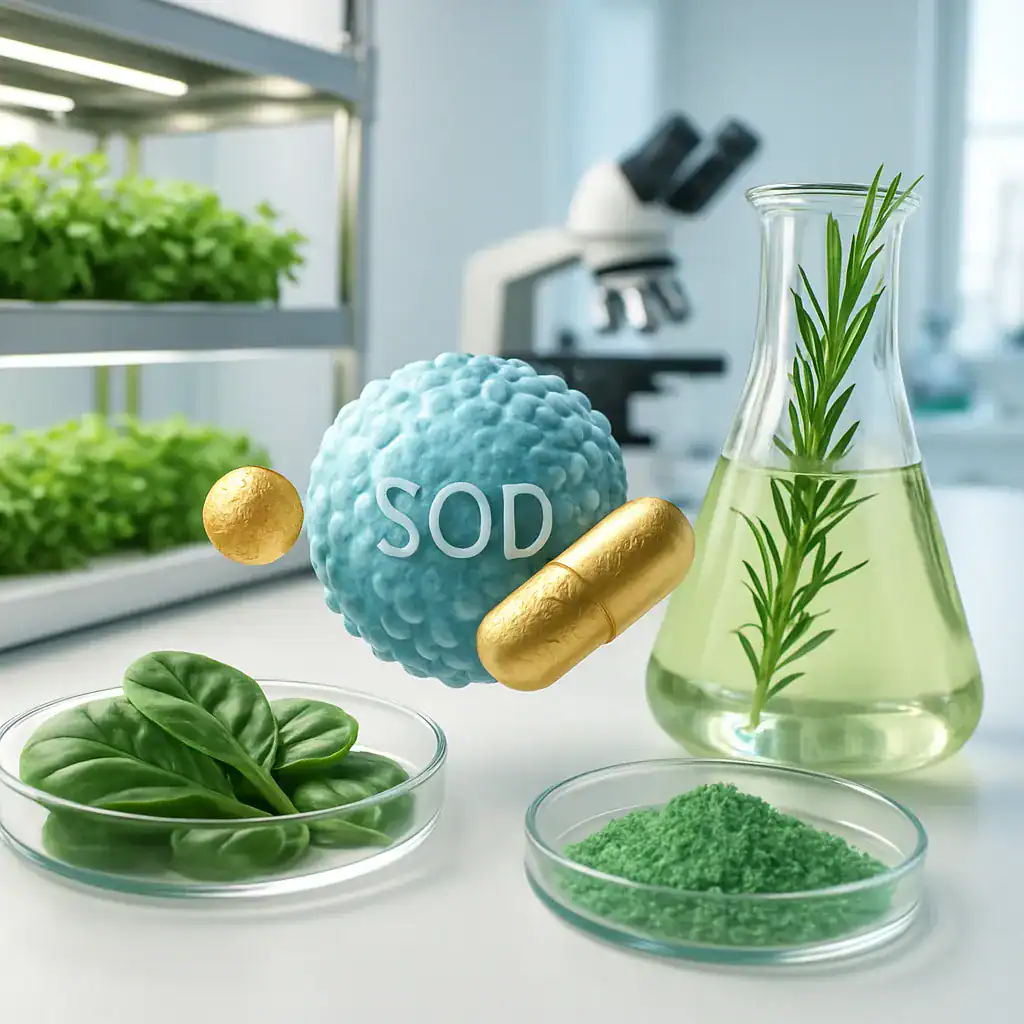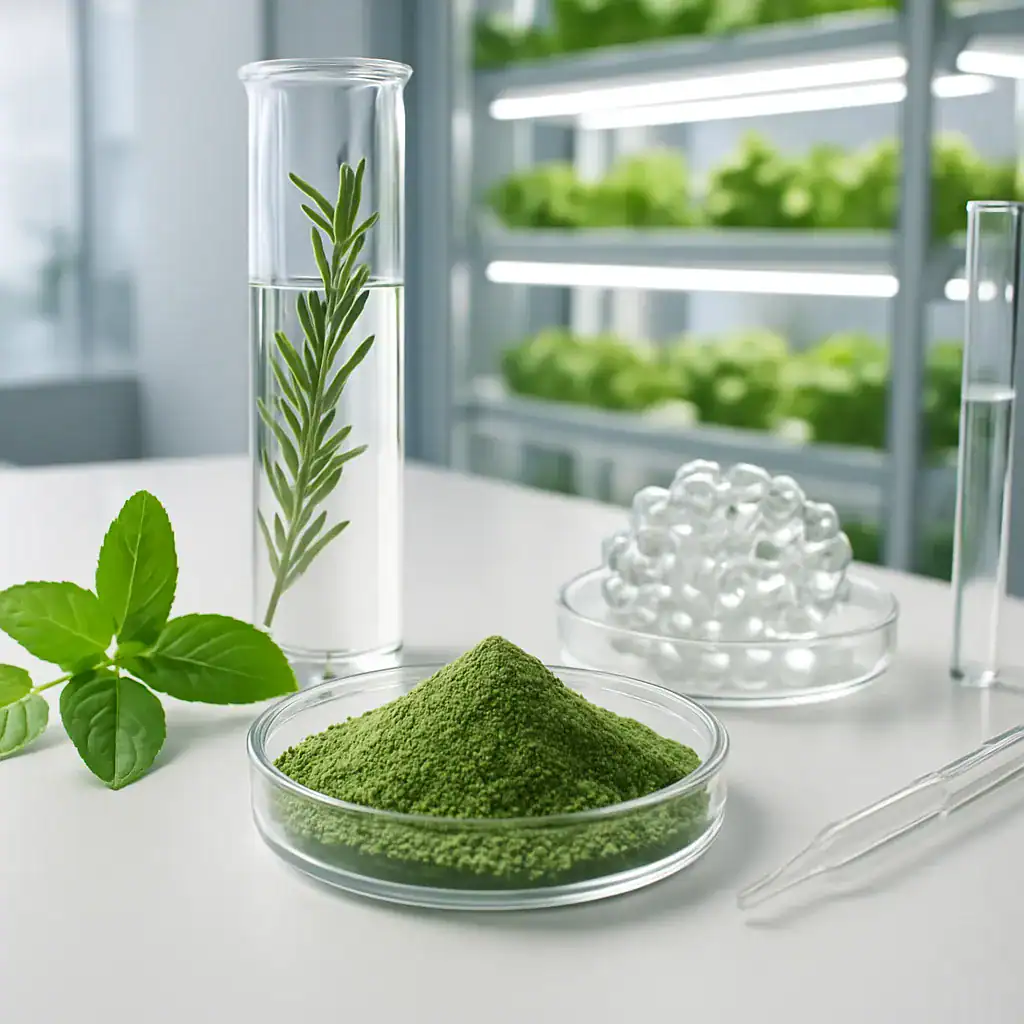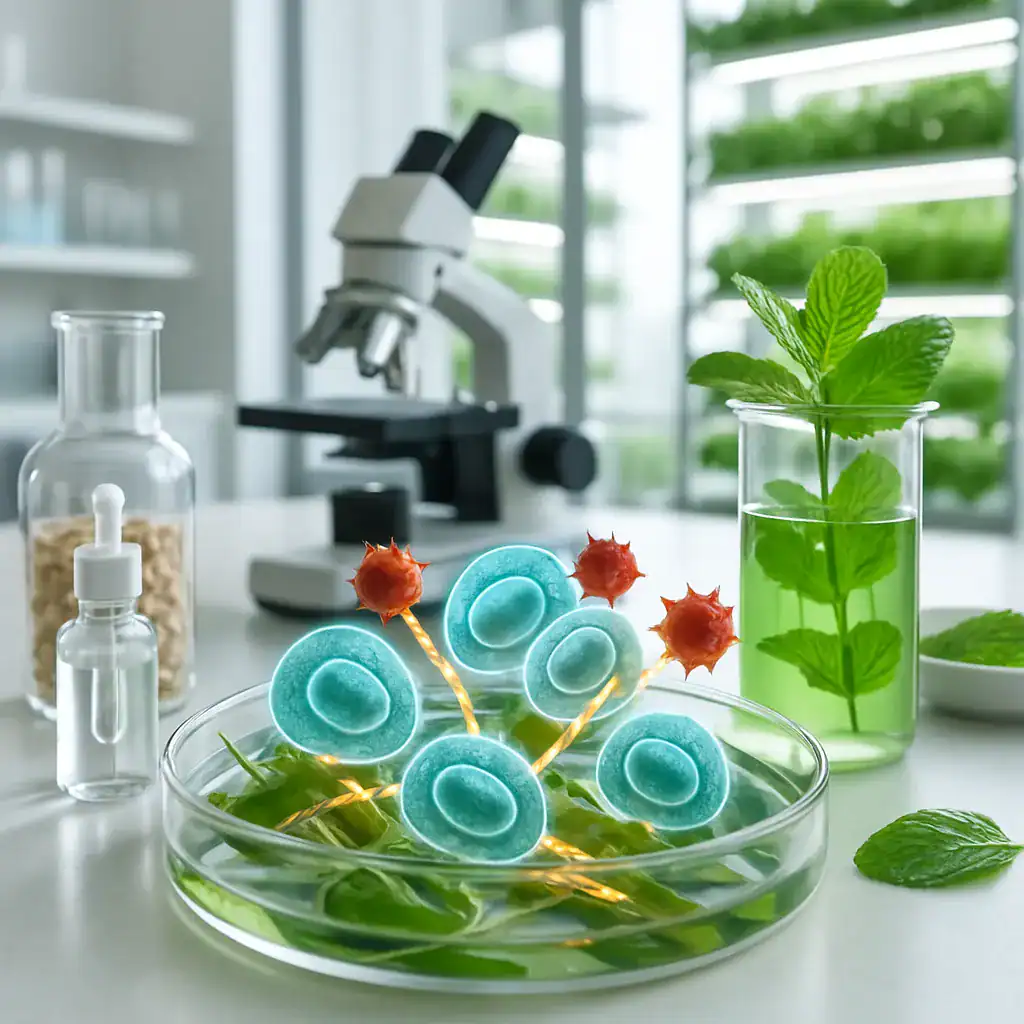How Zero Residue Farming Enhances Herbal Potency and Purity
The Evolution of Botanical Extracts in Modern Health Solutions
The herbal extract market has undergone a remarkable transformation in recent years, evolving from traditional medicinal applications to sophisticated nutraceutical innovations. You’ve likely noticed this shift as consumers increasingly seek natural alternatives to conventional pharmaceuticals. This growing preference for plant-based solutions has catalyzed significant market expansion, with particular emphasis on bioactive compounds that offer targeted health benefits.
What makes herbal extracts so valuable in today’s health landscape? These concentrated botanical formulations contain potent phytochemicals that interact with physiological systems to support wellness. But the true innovation lies not just in identification of these compounds, but in enhancing their bioavailability and efficacy through advanced extraction and delivery technologies.
The market is experiencing particularly strong growth in extracts that address modern health concerns like inflammation, oxidative stress, and immune support. This trend aligns perfectly with consumers’ growing interest in preventative healthcare approaches rather than simply treating conditions after they develop.
Advanced Extraction Technologies Revolutionizing Bioavailability
Nanodelivery Systems: The Breakthrough in Herbal Efficacy
Have you ever wondered why some herbal supplements seem to work better than others? The answer often lies in bioavailability—how effectively your body can absorb and utilize the active compounds. Traditional herbal extracts frequently suffer from poor absorption, with many beneficial compounds passing through your digestive system without being properly utilized.
That’s where plant-derived exosomes and extracellular vesicles represent a revolutionary advancement. These natural nanocarriers fundamentally transform how bioactive compounds are delivered within the body. When you take a supplement enhanced with these technologies, the active ingredients are protected from degradation in your digestive tract and can be transported directly to target tissues where they’re needed most.
The implications are profound. A smaller dose can potentially deliver greater therapeutic effects because more of the active compound reaches its intended destination. This addresses one of the most persistent challenges in herbal supplementation: achieving consistent, reliable results across different individuals with varying metabolic profiles.
Vertical Farming: Sustainable Source of Premium Botanicals
The quality of herbal extracts begins with the cultivation methods used for the source plants. Vertical farming technologies have emerged as a game-changing approach to growing medicinal plants with precisely controlled conditions. When plants are cultivated in these environments, they produce more consistent levels of desired compounds compared to traditionally grown botanicals that are subject to environmental variables like weather patterns and soil conditions.
You might notice that products sourced from vertical farming botanics often claim superior potency and purity. This isn’t just marketing—these controlled growing environments minimize exposure to pesticides and environmental contaminants while optimizing plant nutrient profiles. For manufacturers of premium nutraceuticals, this translates to raw materials with predictable potency and composition, which is essential for creating standardized extracts with reliable effects.
Specialized Herbal Extracts Meeting Targeted Health Needs
Superoxide Dismutase: Nature’s Defense Against Oxidative Damage
When examining the most promising segments of the herbal extract market, superoxide dismutase (SOD) stands out as a particularly significant innovation. This powerful enzyme naturally occurs in your body but decreases with age. That’s clear—but have you ever considered that supplemental SOD could help address this decline?
The challenge has always been delivering active SOD through the digestive system. Recent advancements in extraction and encapsulation technologies have overcome this obstacle, allowing for orally administered SOD supplements that maintain their activity. For individuals concerned about joint health, cardiovascular function, or skin integrity, SOD extracts represent a targeted approach to neutralizing the free radicals that contribute to tissue damage and inflammation.
What makes this particularly relevant is how SOD addresses the underlying oxidative mechanisms involved in multiple health concerns rather than just treating symptoms. This aligns with the growing consumer preference for addressing root causes rather than surface manifestations of health issues.
Sensory-Enhanced Formulations: Overcoming Palatability Challenges
One often overlooked factor in the herbal extract market is the sensory experience. Many potent botanical extracts have inherently bitter, astringent, or otherwise unpleasant taste profiles that limit consumer acceptance. The development of masking agents and sensory-enhancement technologies addresses this crucial aspect of supplement formulation.
When you recommend supplements to clients, you’ve likely encountered resistance based on taste concerns. Advanced botanical masking agents can neutralize these negative sensory attributes without compromising the activity of the extract. This technological advancement may seem secondary to efficacy, but in practice, it significantly impacts compliance—the most effective supplement is ineffective if consumers won’t take it consistently due to unpleasant sensory properties.
By addressing both efficacy and experience, manufacturers can develop herbal extract products that deliver not only on therapeutic promises but also on consumer expectations for a pleasant usage experience.
Our Key Areas of Expertise

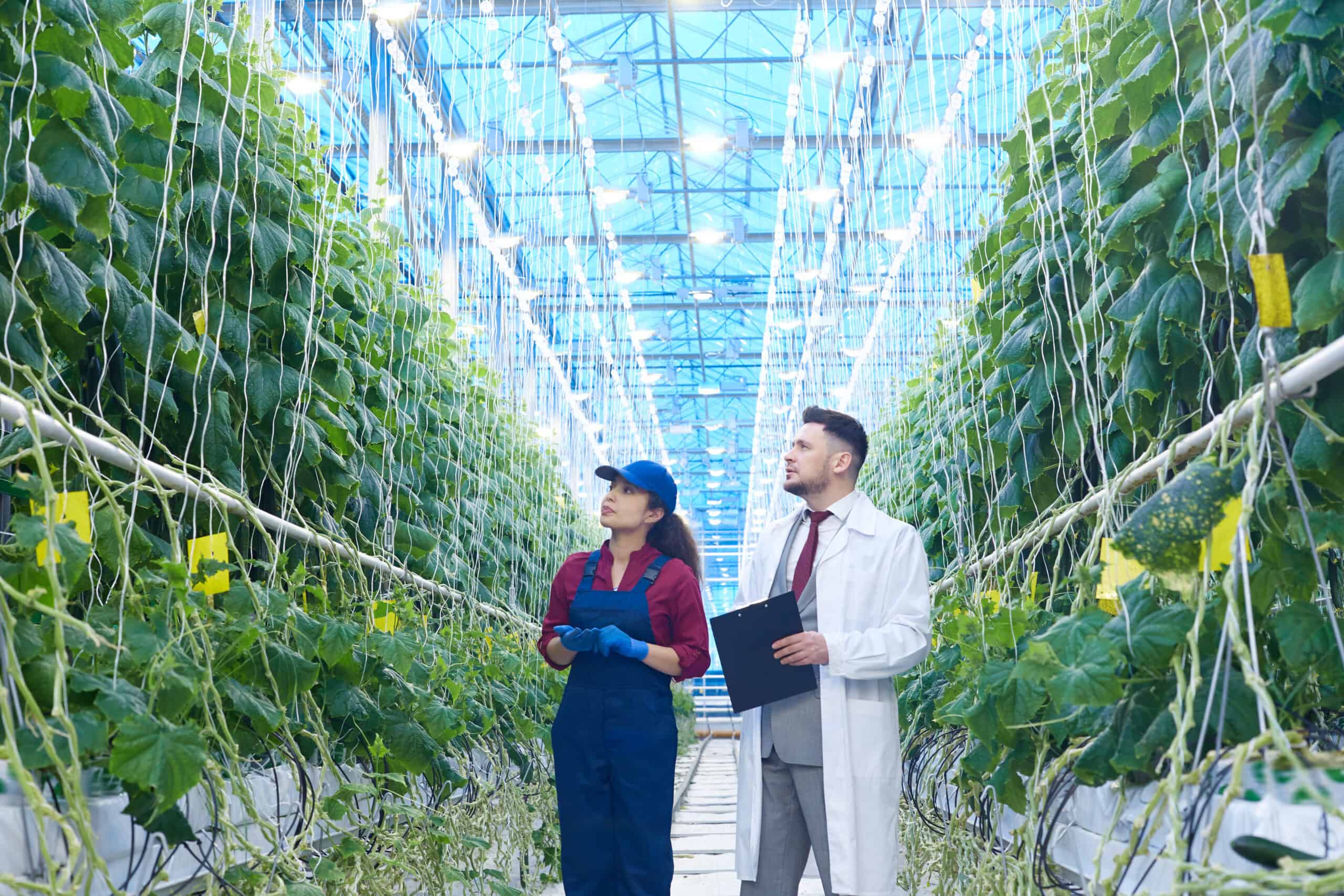

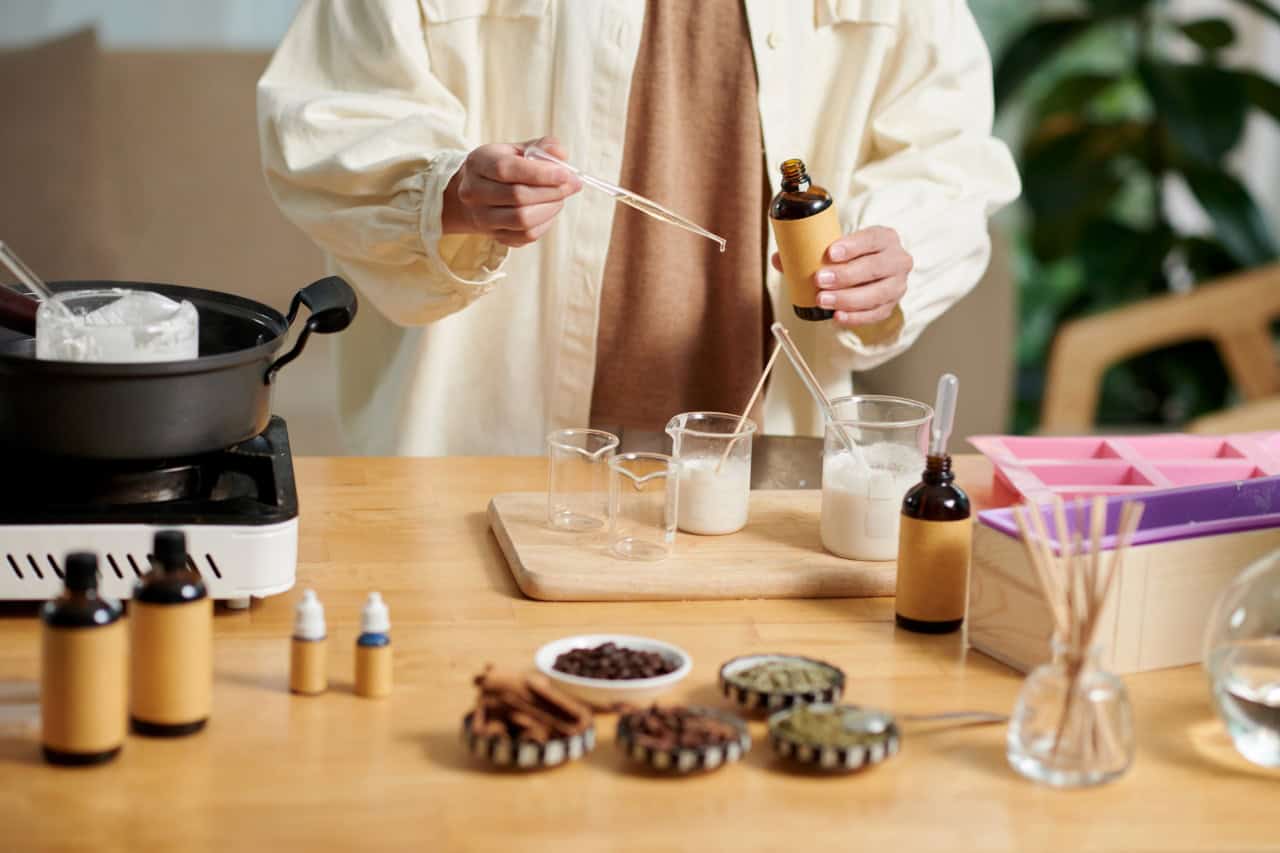
The Integration of Herbal Extracts in Modern Health Product Development
Synergistic Production Systems Enhancing Therapeutic Outcomes
The manufacturing of herbal extracts doesn’t exist in isolation but represents a crucial component in an interconnected ecosystem of health product development. When you explore how these botanical concentrates move from raw material to finished product, you’ll discover a complex web of production processes that significantly impact their efficacy and application potential.
Vertical farming technologies create the foundation for consistent, high-quality botanical sourcing. Unlike conventional agriculture where environmental variables can cause significant fluctuations in phytochemical content, controlled indoor cultivation environments allow for precise manipulation of light spectrums, nutrient delivery, and growth conditions. This results in medicinal plants with optimized profiles of desired compounds and minimal variation between batches—a critical factor when developing standardized extracts.
You might be surprised to learn that the timing of harvest can dramatically affect the potency of resulting extracts. Plants harvested at their peak bioactive compound concentration can yield extracts with significantly higher efficacy compared to those harvested prematurely or past their prime. Advanced production facilities now incorporate chronobiological research to determine optimal harvest windows for different botanicals.
Extraction Methodologies and Their Impact on Bioactive Preservation
The extraction process itself represents perhaps the most crucial step in determining the quality and effectiveness of herbal products. Traditional methods like water or alcohol extraction have given way to more sophisticated approaches:
- Supercritical CO₂ extraction allows for solvent-free processing that preserves heat-sensitive compounds
- Ultrasonic-assisted extraction enhances yield while reducing processing time and energy consumption
- Enzyme-assisted extraction improves the release of bound phytochemicals from plant cell walls
- Microwave-assisted extraction provides rapid, efficient extraction with minimal thermal degradation
The method selected directly influences which compounds are extracted and in what proportions. For example, when dealing with adaptogenic herbs, certain extraction techniques may preferentially isolate stress-modulating compounds while others might capture a broader spectrum of phytochemicals. This selectivity becomes particularly important when developing targeted formulations for specific health applications.
Nanoencapsulation: Bridging Extraction and Bioavailability
Once extracted, botanical compounds face another significant challenge: delivery to their intended targets within the body. This is where exosome technology creates a revolutionary bridge between extraction and therapeutic effect. Plant-derived exosomes—naturally occurring nanocarriers—can be isolated and loaded with extracted compounds to enhance their stability, bioavailability, and cellular uptake.
When you consume a supplement utilizing these delivery systems, you benefit from:
| Traditional Extracts | Nanoencapsulated Extracts |
|---|---|
| Variable absorption | Consistent bioavailability |
| Degradation in digestive tract | Protection through digestive process |
| Non-specific distribution | Enhanced targeting to specific tissues |
| Higher dosages required | Effective at lower concentrations |
| Short half-life in bloodstream | Extended duration of activity |
This technology represents a fundamental shift in how herbal extracts interact with physiological systems. Rather than simply increasing the concentration of active compounds, it optimizes how your body processes and utilizes these beneficial molecules.
Integration with Functional Food Production
The application of herbal extracts extends beyond traditional supplements into the rapidly expanding functional food sector. The incorporation of botanical extracts into food matrices presents unique challenges that require specialized production approaches:
Taste-masking technologies become essential when working with botanicals that have strong flavor profiles. Advanced microencapsulation techniques can shield bitter compounds from taste receptors while still allowing for their release and absorption in the digestive tract. This makes it possible to incorporate potent herbs like milk thistle or turmeric into beverages and foods without compromising palatability.
Temperature stability represents another critical consideration in functional food applications. Many bioactive compounds degrade when exposed to the high temperatures used in food processing. Novel extraction and stabilization methods now allow for the production of heat-resistant forms of temperature-sensitive botanicals, expanding their potential applications in baked goods, hot beverages, and other prepared foods.
Quality Control Integration Across Production Stages
The effectiveness of herbal extracts depends on rigorous quality control protocols implemented across the entire production chain. Modern manufacturing facilities integrate sophisticated analytical testing at multiple stages:
- Chromatographic analysis to verify phytochemical profiles
- Bioactivity assays to confirm functional properties
- Contaminant screening for heavy metals, pesticides, and microbial agents
- Stability testing under various storage conditions
These quality assurance systems often employ artificial intelligence and machine learning to monitor production parameters in real-time, making subtle adjustments to extraction conditions to maintain consistent phytochemical profiles despite natural variations in botanical raw materials.
Biotransformation: Enhancing Natural Compounds
Some of the most innovative developments in herbal extract production involve controlled biotransformation processes. These techniques use enzymatic reactions or probiotic fermentation to convert naturally occurring compounds into forms with enhanced bioavailability or therapeutic activity.
You may have encountered fermented herbal products without realizing that the fermentation process isn’t merely a traditional preservation method but a sophisticated biotransformation technology. When herbs undergo controlled fermentation, complex molecules are often broken down into smaller, more bioavailable forms, and new beneficial compounds may be created through microbial metabolism.
This integration of traditional knowledge with modern biotechnology exemplifies the evolution of herbal extract production—honoring ancestral wisdom while leveraging scientific advancement to enhance therapeutic outcomes.
R&D Consultancy
Discover how PhNóva’s R&D Consultancy can help transform your idea into a market-ready solution — with expert support in formulation, regulatory compliance, and innovative delivery systems to give your product a competitive edge.
FAQ's about How Zero Residue Farming Enhances Herbal Potency and Purity
Get in Touch with PhNóva
Have questions or need expert guidance? Contact us today — our team is ready to assist you with tailored solutions for your formulations.

31/03/2025



